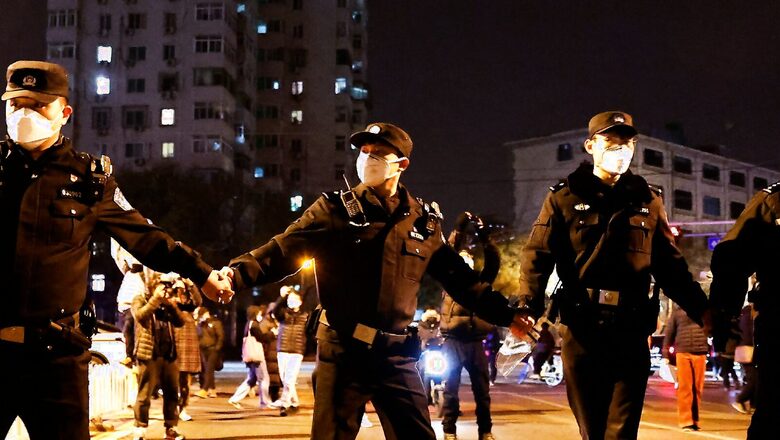
views
China on Sunday reported two more deaths from the Covid-19 virus, even as some cities in China are moving cautiously to ease anti-pandemic restrictions in response to increasingly vocal public frustrations against the state’s ‘Zero Covid’ policy.
According to the information provided by the National Health Commission, the provinces of Shandong and Sichuan each reported one death. There was no information provided regarding the ages of the victims or whether or not they had received the full complement of vaccinations, the Associated Press reported.
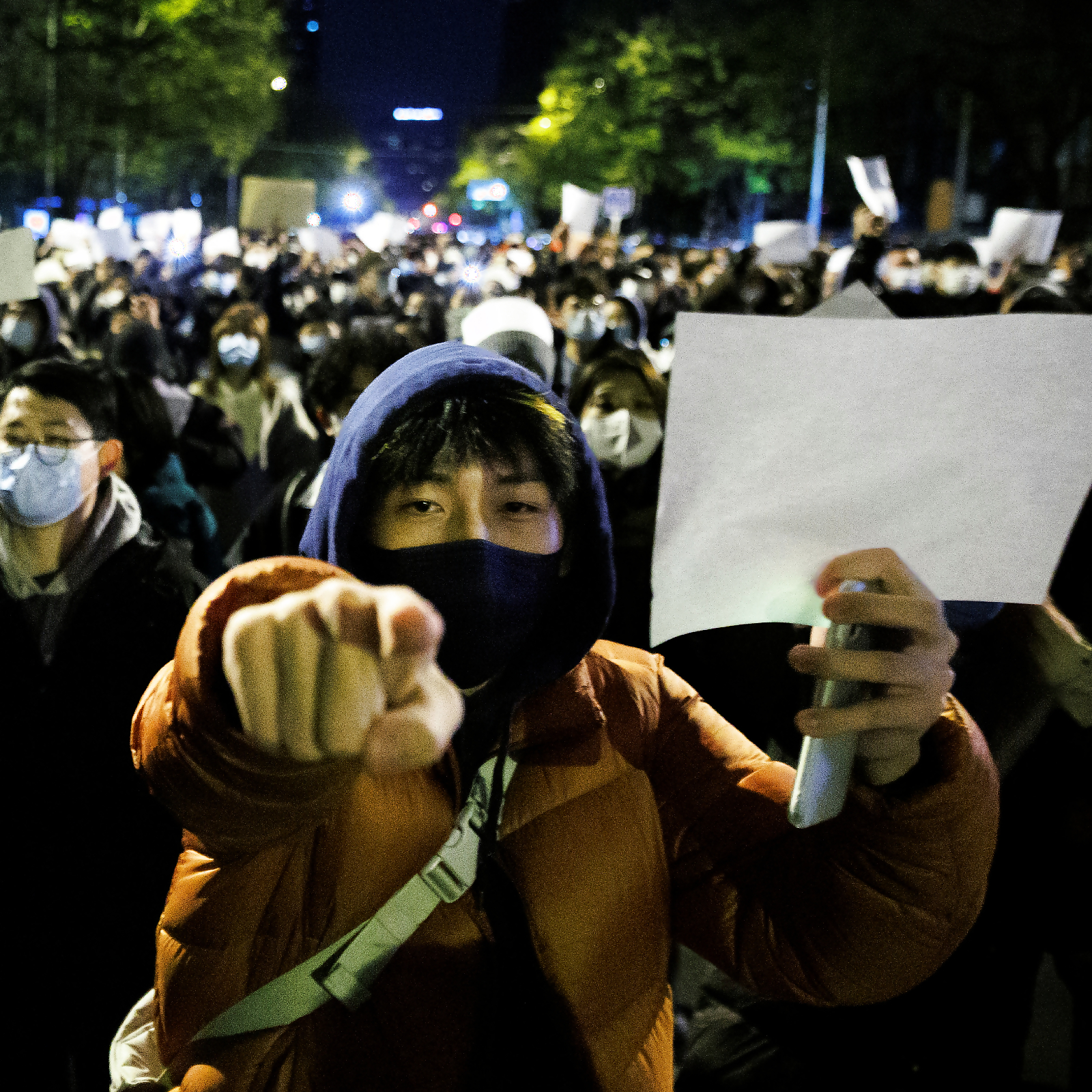
The latest update raises questions on what will happen as China eases its lockdown further. After the death of ten people in a fire in the Urumqi region, people had thronged streets, demanding an end to the strict Covid policy endorsed by the country’s president Xi Jinping. They had blamed the strict lockdown for the casualties in the blaze.
Now, as China is set to open up, there are fears of whether the country can withstand the virus. News18 takes a look into various aspects:
China Walks a New Path
Covid-19 has been managed in China under Category A protocols since January 2020, despite China’s classification of the disease as a Category B infectious disease. These protocols give local authorities the authority to place patients and their close contacts in quarantine and to lock down affected regions, a report by The Guardian explains.
However, the report states that according to the Chinese news outlet Yicai, an infectious disease expert who requested anonymity stated that more than 95% of China’s cases are now asymptomatic and mild, and the fatality rate is extremely low. A report published by Yicai on Sunday said that in such a scenario, adhering to Class A management is not scientifically sound. The expert was quoted as saying that the management of Covid-19 might be downgraded all the way to Category B or even Category C.
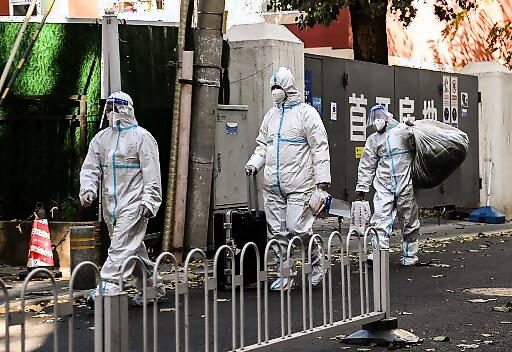
The vice-premier and head of Covid, Sun Chunlan, made an announcement the previous week that the health system of the country had “stood the test” of Covid-19 and that China was in a “new situation,” another report by The Guardian said.
After years of assuring its people that the only way to protect themselves from Covid was to steer clear of the parasite altogether, the newly implemented policy required a different message. Beijing has decided to portray the prevalent Omicron variant of the disease as a variant that is less dangerous than the original form of the disease.
Because the Omicron variant is less dangerous than the Delta variant, which was the most common form in the past, Xi suggested to the visiting president of the European Council, Charles Michel, that China might look into easing restrictions.
But Is It Safe?
Not completely, say experts.
The problem, say reports, is that Beijing’s stance does not reflect studies on the impact of Omicron, and the country is ill-prepared for a wave of deadly Covid infections that it may soon face.
“China has to find a way out of this. So I think it’s quite helpful for them to be able to argue that the virus has evolved in some way that makes it easier to open up. With Omicron, certainly from the studies [so far], there may be some small reduction in disease severity but not a huge one,” Linda Bauld, professor of public health at Edinburgh University told The Guardian.
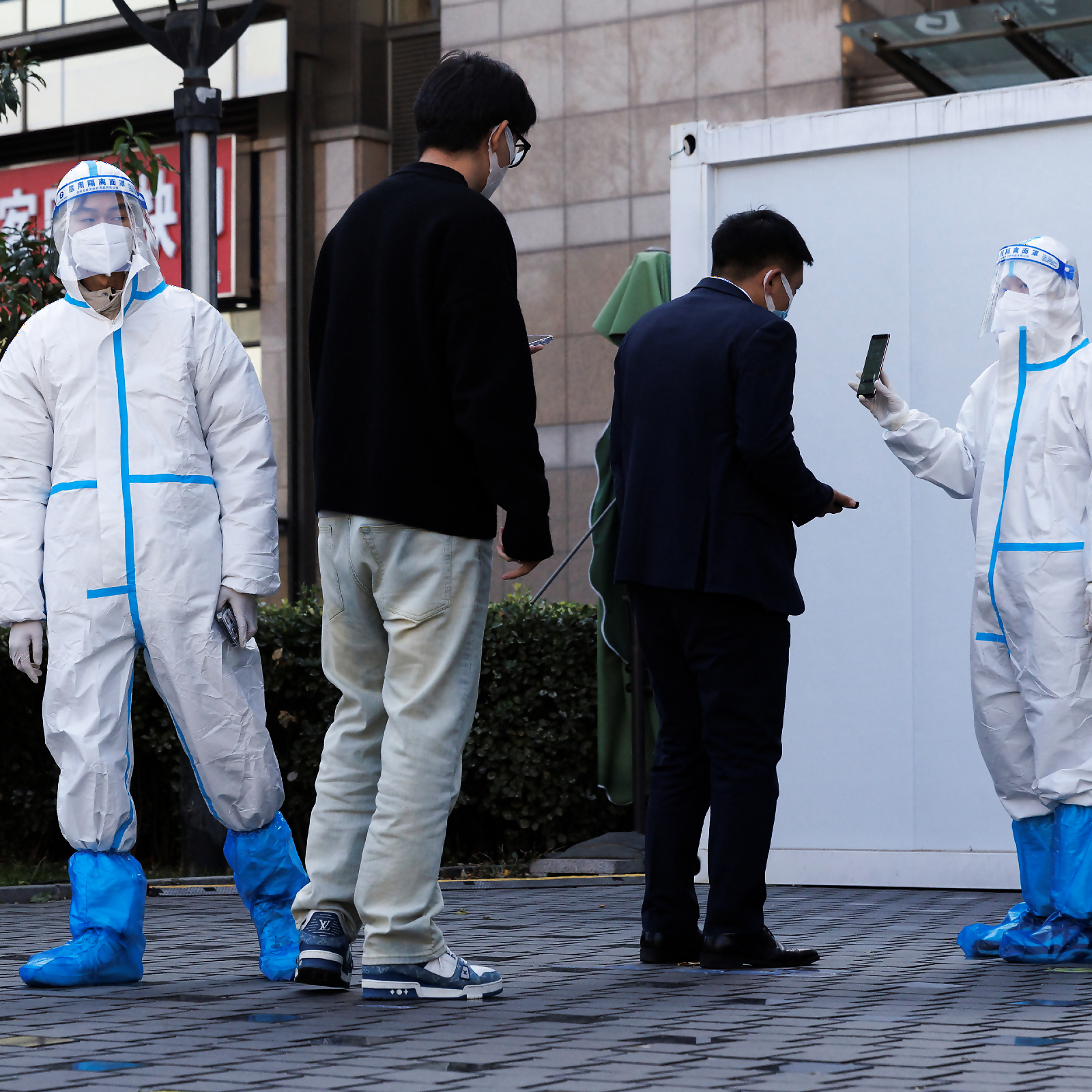
Even before the pandemic, China’s healthcare system was already inadequate and patchy, and it has only gotten worse as a result of years spent battling Covid-19. In the year 2020, the disease swept through the city of Wuhan at the beginning of the pandemic, and doctors and hospitals were unable to keep up with the patient load.
Martin Hibberd, a professor of emerging infectious diseases at the London School of Hygiene and Tropical Medicine told the Guardian that there were a significant number of fatalities in Hong Kong despite the fact that the outbreak was not particularly large.
Plus, There’s China’s Vaccination Problem
There exists low vaccination rate among the elderly in China. But why? According to a Lancet report, despite accounting for the majority of Covid-19 infections and Covid-related hospitalisations and deaths in China, older adults remain largely unvaccinated; as of May 2022, only 38% of adults aged 60 years or older in Shanghai had received three vaccine doses, with rates even lower in those aged 80 years or older, the report states.
Early reluctance to get vaccinated was due to initial uncertainty about safety outcomes in older people, which stemmed in part from a lack of clinical trials assessing the outcomes of domestic vaccines in this age group.
In some cases, physicians who advised older patients with chronic conditions against vaccination shared this reluctance. However, widespread scepticism about vaccines predates the Covid-19 pandemic, which has been fueled by scandals; in July 2018, the Chinese vaccine manufacturing company Changsheng Biotechnology was found to have falsified inspection data for a rabies vaccine and to have manufactured ineffective diphtheria, pertussis, and tetanus vaccines for children and infants, the report states. Because of the lack of trust in domestic vaccine development, many older people, who are already concerned about safety and often prefer traditional medicine, have refused Covid-19 vaccination.
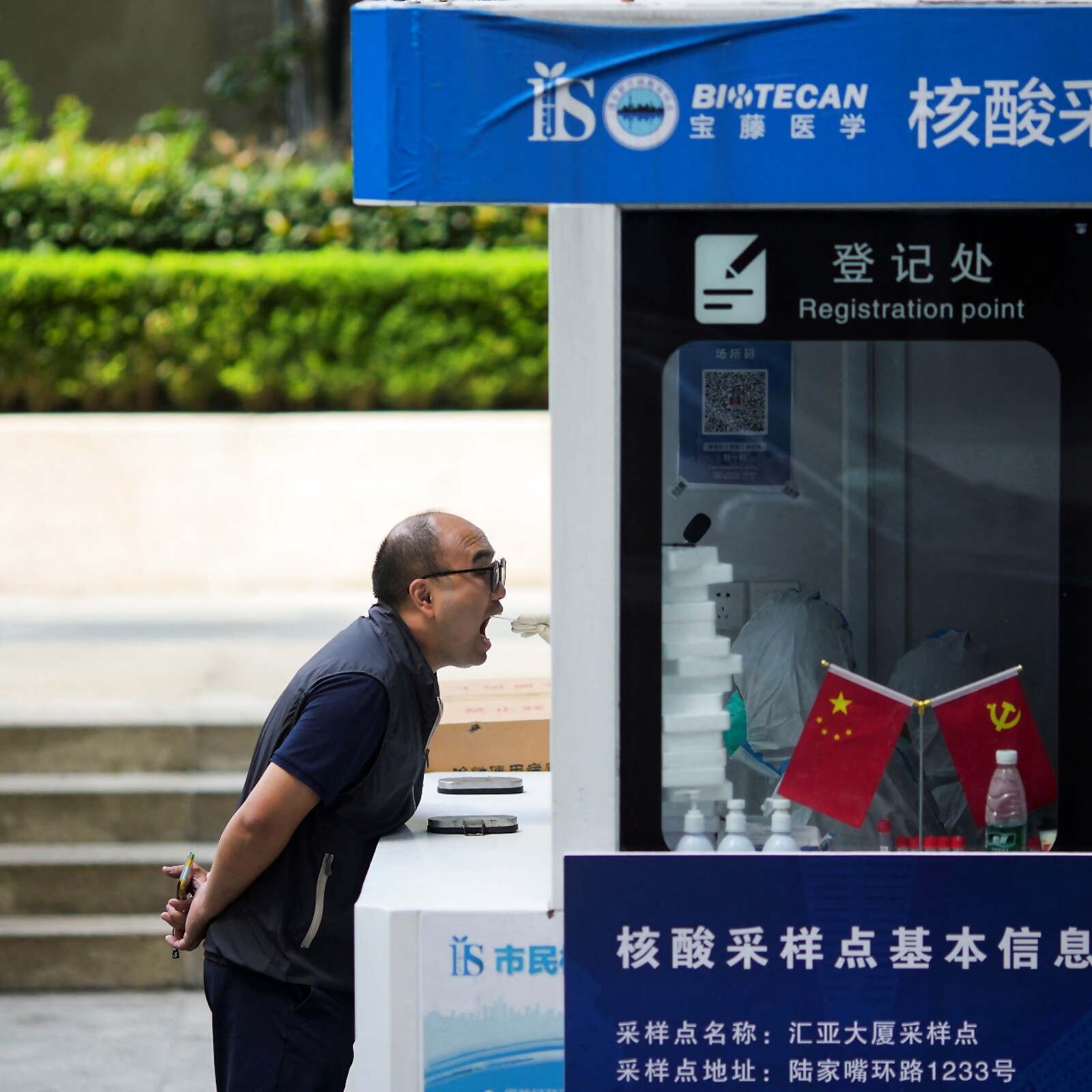
Now, the Chinese government has begun a vaccination campaign that is aimed at older citizens; however, China is only using vaccines that were developed within the country; these vaccines provide protection against Covid that is less effective than western alternatives.
Beijing has not yet consented to the importation of vaccines manufactured elsewhere. Instead, it is working to get access to the technology while domestic labs try to create mRNA vaccines that are comparable to those produced by Pfizer and Moderna. However, neither of these efforts have been successful so far.
Ashish Jha, who works as the vaccine chief for Joe Biden, issued a warning about a week ago that Beijing required vaccine options of “higher quality” to effectively manage the virus. Without them, China runs the risk of succumbing to the same cycles of dangerous outbreaks and stringent controls that a great number of other countries went through in the years 2020 and 2021.
How Many Will Die If China Eases Curbs Like Hong Kong?
According to an estimate compiled by Reuters on what different experts predict, up to 2 million people could die if China eases Covid-19 curbs like Hong Kong did last year.
MORE THAN 2 MILLION
Zhou Jiatong, head of the Center for Disease Control in southwestern Guangxi region, said last month in a paper published by the Shanghai Journal of Preventive Medicine that mainland China faces more than 2 million deaths if it loosened Covid curbs in the same way Hong Kong did this year.
Infections could rise to more than 233 million, his forecast showed.
1.55 MILLION
In May, scientists in China and the United States estimated that China risks just over 1.5 million Covid deaths if it drops its tough zero-Covid policy without any safeguards such as ramping up vaccination and access to treatments, according to research published in Nature Medicine.
They forecasted that peak demand on intensive care would be more than 15 times capacity, causing roughly 1.5 million deaths, based on worldwide data gathered about the variant’s severity.
However, the researchers, the lead authors among whom were from Fudan University in China, said the death toll could be reduced sharply if there was a focus on vaccination.
UPTO 2.1 MILLION
China could see 1.3 million to 2.1 million people die if it lifts its zero-Covid policy due to low vaccination and booster rates as well as a lack of hybrid immunity, British scientific information and analytics company Airfinity said on Monday.
The company said it modelled its data on Hong Kong’s BA.1 wave in February, which occurred after the city eased restrictions after two years.
With inputs from Reuters, Associated Press
Read all the Latest Explainers here


















Comments
0 comment